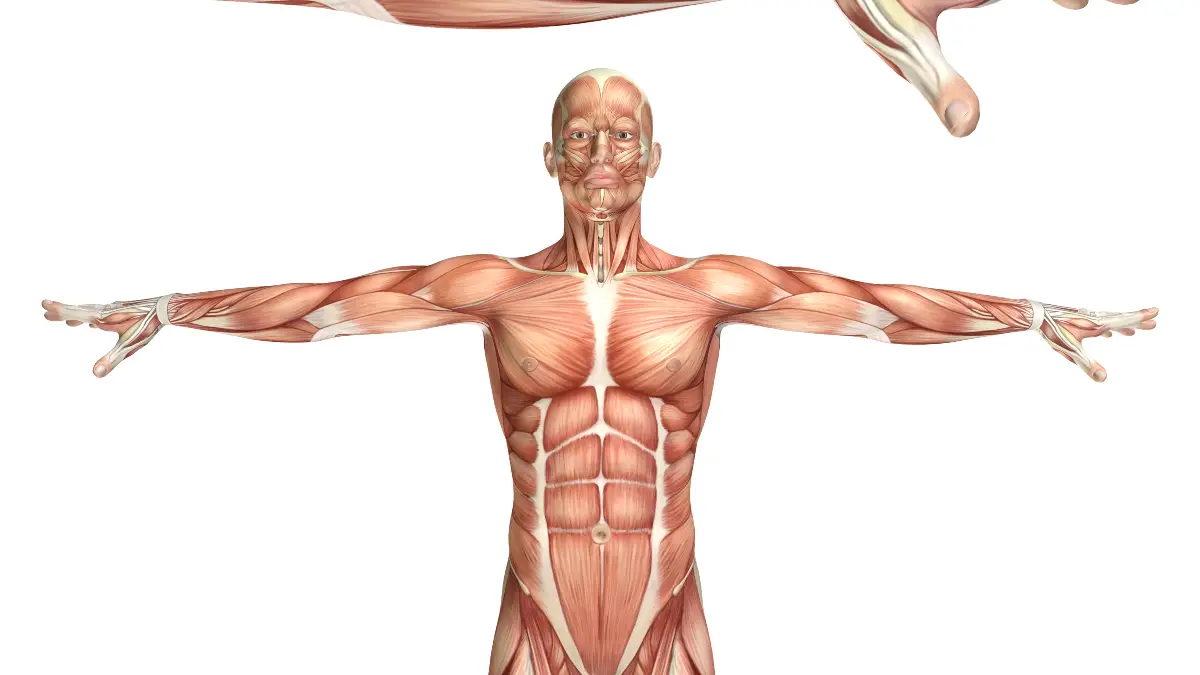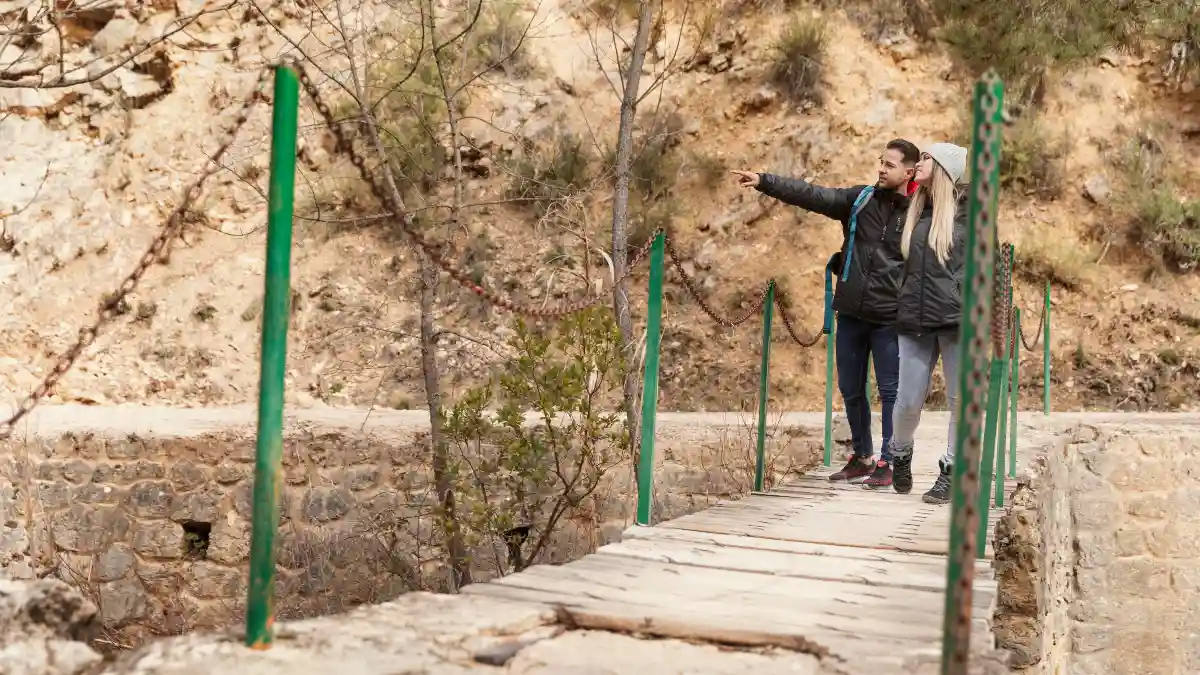Quitting is a dirty word, especially when you’ve sacrificed time, money, and your sanity for one singular goal. The internal war is brutal. One voice screams about the miles you’ve already walked and the people you’ll disappoint.
Another, quieter voice whispers that you’re fundamentally broken. But what if that whisper isn’t weakness? What if it’s clarity? The hard data is clear: most thru-hike attempts end long before the terminus.
This isn’t another guide about “grit.” This is a manual for intelligent quitting. We will dissect the real reasons people leave the trail, dismantle the fallacies that keep us stuck, and build a new framework for knowing when walking away is the wisest, strongest move you can make.
The Unfinished Mile – Setting the Scene
The Psychological Toll of Endurance
Long-distance treks test mental fortitude as much as physical. The “war in the head” described is a common experience, balancing perseverance against self-awareness.
- Internal Conflict: Drive vs. Deterioration
- Expectation Bias: The sunk cost fallacy
- Subtle Signals: The quiet whisper of distress
Common Reasons for Trail Abandonment
While dramatic events make headlines, the reality of quitting a long journey is often far more mundane and insidious.
- Injuries: Accounting for over 50% of withdrawals
- Mental Fatigue: Burnout, depression, loneliness
- Logistical Hurdles: Finances, time constraints, equipment failure
The “Anticlimactic” Factor
The narrative mentions a “stupid rock” as the breaking point. This highlights how major life shifts often stem from an accumulation of minor stressors.
Research Insight: Studies on endurance athletes show that accumulated micro-traumas and sustained low-level stress are more predictive of burnout than single catastrophic events.
Self-Preservation as Strength
“The bravest thing you can do is identify what you truly need, even if it means changing direction from a path you’ve meticulously planned.”
— Dr. Elara Vance, Sports PsychologistRecognizing the need to stop is often an act of profound strength and self-awareness, not defeat.
The air was thin, the view stretched forever, and every bone in my body ached with the memory of 2,000 miles. I was just 220 miles from the end.
Closer than I had ever been. But the finish line felt a million miles away. A war was raging in my head. One voice, loud and familiar, screamed about grit and all the time and money I had already spent.
It was the voice of expectation. But another voice, quieter and more persistent, whispered that something was wrong.
The thing that broke me wasn’t a bear or a lightning strike. It was a stupid rock. A simple misstep, a flash of pain in my ankle, and the final thread of my resolve snapped. Big life changes rarely happen with a bang.
They happen after the slow, steady drain of small problems builds up. The real reasons people leave the trail are almost always anticlimactic, like the gradual onset of injuries from taking millions of steps.
Making the choice to stop felt right, but it wasn’t a happy moment. It was a moment of terrifying clarity mixed with a deep sadness. Then came the action that made it real: the phone call home, the bus ticket booked.
I took my first step on a side trail, away from my goal and back toward the rest of my life. It wasn’t an act of defeat. It was an act of self-preservation. It was me, finally listening to what I really needed.
The Anatomy of a Thru-Hike’s End

I felt like a total failure, but the numbers tell a different story. Quitting a thru-hike isn’t the exception; it’s the rule. The Appalachian Trail Conservancy (ATC) says that about 75% of all thru-hike attempts don’t succeed.
Some numbers suggest it could be as high as 80%, meaning only one in five people who start actually finish. The Pacific Crest Trail (PCT) is no different, with a completion rate somewhere between 14% and 25%.
Knowing this from the start can change everything. It helps you see the hike as more than just a finish line.
So why do so many people stop? The Trek’s 2024 AT Thru-Hiker Survey breaks it down:
Injury and Illness (The Body’s Veto):
This is the number one reason. The constant pounding on your body takes a toll. More than half of hikers report getting some kind of injury.
The most common culprits are stress fractures, tendonitis, and Plantar Fasciitis—the “holy trinity” of hiker injuries that come from the sheer repetition of walking.
Weather (The Environmental Grind):
The second biggest reason is the weather. It’s not just big storms like hurricanes that stop people.
It’s the day-after-day grind of cold, persistent rain that wears you down mentally and physically.
Money, Time, and Motivation (The Logistical Squeeze):
These three are all connected. If you run out of money, you might push for bigger miles to save on town costs, which can lead to injury.
If you run out of time, you have to get off the trail. These pressures eat away at your motivation, which is the fuel you burn every single day.
Then there are the reasons we don’t talk about much. Things that don’t sound as “noble” as a bad injury. People quit because they get bored of walking through the “green tunnel” for weeks. They get lonely.
They miss simple things like a clean bed or fresh vegetables. Sometimes, people realize they started the hike for the wrong reasons, like running away from a problem at home. You don’t need a dramatic reason to stop. Just wanting to be done is reason enough.
Lesson 1: The Myth of “Grit” and the Wisdom of “Intelligent Quitting”
We love stories about grit. We celebrate people who stick with hard things. But sometimes, pushing forward when everything tells you to stop isn’t grit; it’s foolishness.
This is where “Intelligent Quitting” comes in. It’s about leaving a goal behind after you’ve lived it and really thought about what it means to you. It’s not giving up; it’s making a smart choice.
But quitting is hard. Our brains set traps for us that keep us stuck.
The Sunk Cost Fallacy:
This is when you keep doing something just because you’ve already put in a lot of time, money, or effort. You think, “I’ve already hiked 2,000 miles, I can’t waste that”. But continuing only wastes more of your precious resources.
Escalation of Commitment:
Sometimes, just having a goal makes us stick to it, even if the reasons we set it have changed. The goal itself becomes the only thing that matters, not what you hoped to get from it.
Identity Fusion:
On a long hike, your identity can get wrapped up in the trail. “Hiker You” takes over. The idea of quitting can feel like you’re losing a part of yourself.
Some hikers even start to glorify their own suffering because it makes them feel like they belong to the community.
So how do you practice intelligent quitting? Here is a simple plan you can use for any big goal in 2025.
Set “Kill Criteria” Before You Start:
Decide on your quitting conditions before you even take your first step. These aren’t excuses.
They are logical “outs” to help you make a good choice when you’re tired and emotional. For example: “I will stop if a doctor tells me to because of an injury,” or “I will rethink things if I’m miserable for a full week for reasons other than normal trail hardship”.
Schedule Re-evaluation Intervals:
Plan to check in with yourself at specific points. On the AT, maybe it’s at Harpers Ferry. On the PCT, maybe it’s before you enter the Sierra. At these points, stop and ask yourself if the hike is still giving you what you need.
Ask Two Key Questions:
When you’re struggling, ask yourself these two things: 1) “Are the habits this goal is creating in my life helpful in the long run?” and 2) “Is this goal still in line with my core values?”.
If the answer is no, it might be time to change course. For one hiker, the trail was the wrong place to deal with grief because she needed her family, not more isolation.10
Lesson 2: Your Mental Health is the Most Important Piece of Gear
People often say “the trail will heal you.” And it’s true that hiking has real mental health benefits. Exercise releases endorphins that make you feel good.
Being in nature can reduce the kind of negative thoughts that lead to depression.
The simple life on the trail can be a break from a complex world, and studies show long-distance walking can help with stress and anxiety.
But the trail is not a magic cure. For some, the isolation and physical pain can make existing problems like depression or anxiety worse. It might not be the right place to work through fresh trauma.
One hiker, who was mourning the loss of her pets, realized she needed the comfort of home, not the constant push of a thru-hike. The trail can help you heal, but it isn’t always everything you need.
You need a real plan for your mental health. You’ve probably heard the trail advice: “don’t quit on a bad day”.
This is good advice to stop you from making a quick choice you’ll regret. But you have to know the difference between a normal bad day and a pattern of unhappiness. When every day is a bad day, it might be time to break the rule.
The Thru-Hiker’s Mental & Goal-Setting Toolkit (2025)
| Phase | Actionable Step | Key Question(s) to Ask Yourself | Rationale & Supporting Data |
| Pre-Hike (3-6 Months Out) | Define Your “Why” & Success Criteria | “Why am I really doing this? If I don’t reach the terminus, what would still make this a success?” | Hiking for the “wrong reasons” (e.g., running away) is a top cause of quitting. Knowing your “why” helps you recognize when you’ve gotten what you need from the hike, regardless of the endpoint. |
| Pre-Hike (3-6 Months Out) | Establish “Kill Criteria” | “Under what specific physical, mental, or logistical conditions will I give myself permission to stop?” | This creates a rational “out” to combat the Sunk Cost Fallacy and Escalation of Commitment in the moment, allowing for a more objective decision. |
| Pre-Hike (3-6 Months Out) | Mental Health Baseline & Plan | “Am I managing any existing mental health conditions? What is my plan for therapy/medication on the trail?” | The trail can amplify underlying issues. Having a pre-arranged support system, such as telehealth appointments in town, is a critical piece of planning. |
| On-Trail (First 500 Miles) | Body Adjustment Period | “Am I starting slow (8-10 miles/day) and listening to my body, or am I letting ego/comparison dictate my pace?” | Most overuse injuries occur in the initial phase from pushing too hard before the body has adapted to the daily stress of thru-hiking. |
| On-Trail (Mid-Point Check-In) | Re-run the Cost-Benefit Analysis | “Is this journey still aligned with my ‘Why’? Is it enhancing my life, or just depleting me?” | Goals should be dynamic. A scheduled re-evaluation allows for intelligent course correction based on real-world experience, not an idealized plan. |
| On-Trail (Anytime) | The “Bad Day” Litmus Test | “Is this a normal ‘bad day’ of suck, or is this a pattern of deep unhappiness that a zero day won’t fix?” | This helps distinguish between normal trail hardship and a fundamental misalignment, providing a framework for knowing when to break the “don’t quit on a bad day” rule. |
Lesson 3: Success is a Direction, Not a Destination
We need to change how we think about success. It’s not about winning or losing. It’s about the process. The old saying is true: the journey is the destination.
The real goal of a thru-hike isn’t to stand at a monument. It’s about the person you become while walking there. You can get what you need from a hike long before you reach the end.
As one hiker put it, “Once I got what I needed from my hike, it was clear to me that I was done”. Success is an inside job.
Let’s start using the term LASH (Long-Ass Section Hike). It’s a positive way to describe what some might call a “failed thru-hike.” Finishing a 2,000-mile hike is a huge accomplishment. Calling it a successful LASH lets you own your story with pride.
This is also about changing your identity. You let go of the “thru-hiker” label and become something new: a person who is wise enough to listen to their body and brave enough to act on it.
One hiker who left the trail to grieve looked forward to becoming the person who “gets to try again, when her heart is healed”. Her success was choosing the path that would allow her to have future adventures.
Quitting isn’t giving up. It’s “changing directions or priorities based on what’s working for you right now”. The new direction is toward a life that fits your current needs. True success is knowing when to leave the old path and make a new one.
Life After the Trail: Navigating the Unseen Terminus

Coming back to regular life is hard for any hiker. But it’s extra hard for those who don’t finish. You get the same crash but without the feeling of victory to soften the blow.
Post-Trail Depression is a real thing. It’s not a sign of weakness. You might feel anxious, lose your motivation, or feel like no one understands what you’ve been through.
Your body is dealing with a huge drop in endorphins from no longer exercising all day. And your mind is dealing with the loss of the trail’s simple structure.
Dr. Anne Baker’s “SPACE” framework helps explain this crash. A thru-hike gives you:
- Simplicity/Structure: Your life is about walking, eating, and sleeping.
- Purpose: You have one clear goal every day.
- Adventure/Adversity: Your days are full of new challenges.
- Community: You form deep bonds with your “trail family.”
- Extreme Exercise/Endorphins: You get a constant supply of feel-good hormones.
When you go home, all of that disappears at once. For hikers who don’t finish, it’s a double loss. You’re grieving the loss of the trail’s “SPACE” and the loss of a dream.
Here are some real steps you can take to make the return easier:
- Plan Your Transition: Don’t go straight from the trail to a full-time job. Give yourself a few days or a week to adjust slowly.
- Stay Active: Keep exercising. It will help manage the drop in endorphins and give you a sense of purpose.
- Find a New “SPACE”: Find new ways to fill the void. Set small, new goals, like running a 10k. Join a local hiking club to find a new community. Plan a smaller trip so you have something to look forward to.
- Connect with Your Trail Family: Stay in touch with the people who get it. They are a huge source of support.
- Seek Professional Help: It’s okay to talk to a therapist. It can help you work through a major life change.


